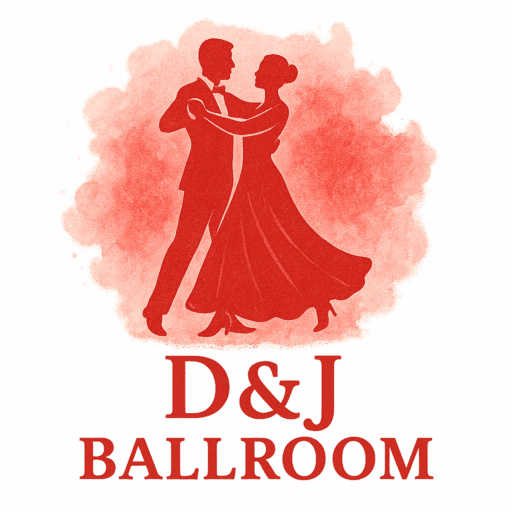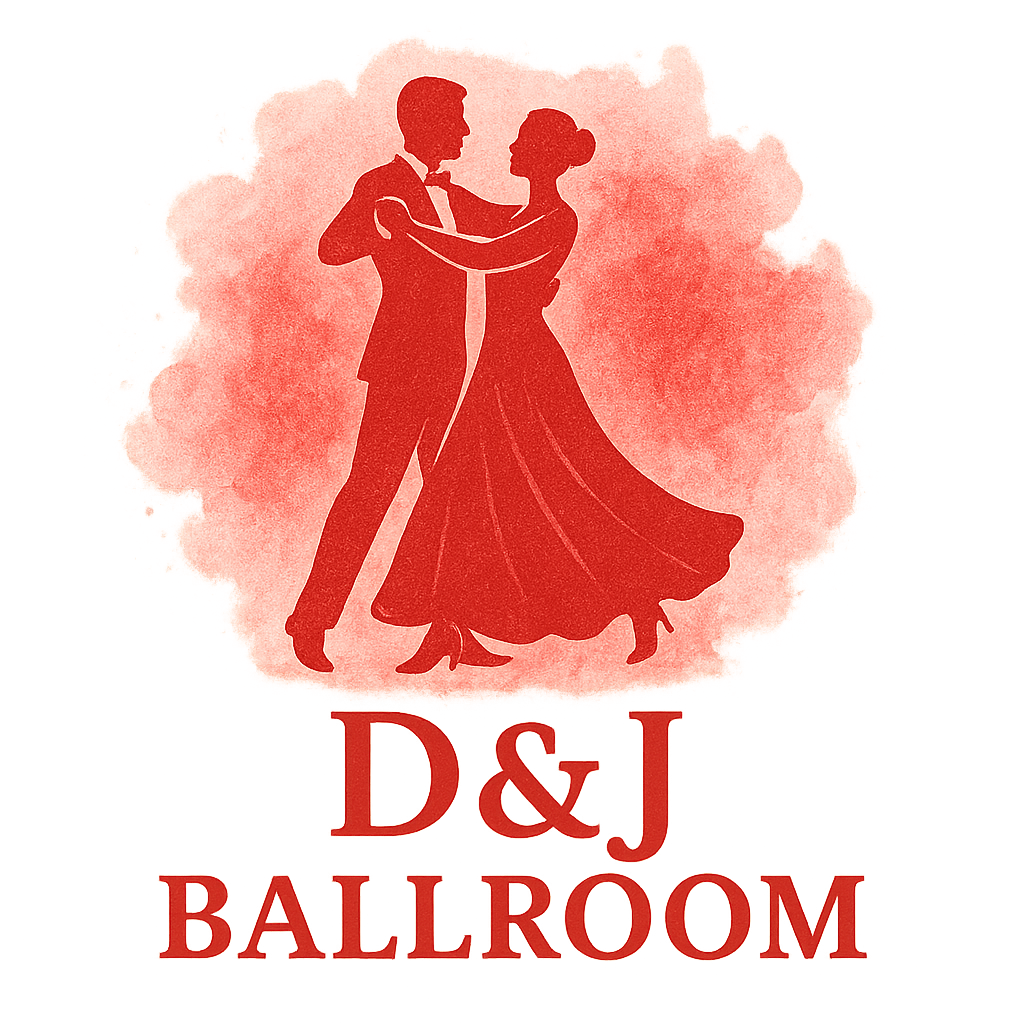Introduction
Have you ever admired how ballroom dancers glide effortlessly across the floor and thought, “How do they make it look so graceful?” The truth is, it’s not just talent—it’s practice, practice, practice. And the great news? You don’t need a partner, fancy shoes, or even equipment to start.
By practicing no-equipment ballroom drills, beginners can sharpen posture, rhythm, and coordination right at home. These drills lay the foundation for everything from the waltz to the tango, giving you the confidence to step onto the dance floor.
Why Ballroom Technique Drills Matter
Building Muscle Memory
Ballroom dancing is about repetition until movement becomes second nature. The more you drill, the more your body remembers patterns, freeing your mind to enjoy the dance.
Developing Balance and Posture
A dancer without posture is like a painter without a brush. Ballroom relies on an upright, elegant frame. Practicing drills enhances balance so your movements appear both controlled and fluid—two elements emphasized in ballroom history and culture.
Improving Partner Connection
Even if you’re practicing alone, drills teach you how to hold your frame and move with awareness—skills essential when you eventually join a partner. This connection is at the heart of ballroom’s artistry.

Getting Started Without Equipment
The Benefits of No-Equipment Drills
Practicing without props sharpens awareness of your own body mechanics. It’s the purest way to understand posture, weight transfer, and rhythm, all key in ballroom techniques and training.
Finding the Right Practice Space
No need for a grand studio. A clear patch of floor in your bedroom, hallway, or living room is enough. Just make sure you’ve got room to step forward, backward, and sideways.
Setting a Consistent Routine
Like any discipline, ballroom rewards consistency. Even ten minutes a day can help. Create a routine—just as competitors preparing for ballroom events and competitions do—and watch your progress soar.
12 No-Equipment Ballroom Technique Drills for Beginners
Drill #1: Posture Alignment Check
Stand tall, shoulders back, chest lifted. Imagine a string pulling your head upward. Practicing posture daily prepares you for the elegance seen in classic ballroom dance styles.
Drill #2: Core Engagement Practice
Gently contract your abs as though bracing. This keeps your movements grounded—essential for both fast Latin rhythms and flowing Standard dances.
Drill #3: Weight Transfer Walks
Step forward and back slowly, ensuring full weight transfer. This drill mimics natural walking but trains the ballroom principle of moving “from the body, not the feet.”
Drill #4: Frame Stability Hold
Raise your arms into frame, elbows lifted but relaxed. Hold for 60 seconds. Think of it as “invisible partnering,” a mini preview of real partner connection drills.
Drill #5: Shoulder Relaxation Reset
Roll your shoulders and release tension. Ballroom requires strength without stiffness—especially for dances like the tango where upper body fluidity is vital.
Drill #6: Arm Extension Flow
Extend arms outward in arcs, mimicking waltz sweeps. Visualize elegance. This also complements the styling highlighted in ballroom attire and fashion.
Drill #7: Rise and Fall Exercise
Rise onto your toes and lower slowly. This simulates the rise and fall of the waltz, developing calf and ankle strength.
Drill #8: Footwork Precision Steps
Mark out a box pattern, focusing on heel leads forward and toe releases backward. Precision here translates into polished floorwork for any ballroom routine.
Drill #9: Timing and Rhythm Clap
Play music and clap along. Switch between 3/4 (waltz) and 4/4 (tango, foxtrot). Timing drills connect you to the rhythm central to ballroom culture.
Drill #10: Partner Shadow Practice
Pretend you’re dancing with a partner. Hold your frame and move solo. Shadowing prepares you for smoother partnering during social dances or competitions.
Drill #11: Spotting and Head Turns
Pick a point and whip your head around to “spot” it while turning. This reduces dizziness and sharpens spins.
Drill #12: Breathing for Movement Control
Synchronize breath with movement—inhale to prepare, exhale to move. Controlled breathing adds flow and keeps you calm under pressure.
Tips for Maximizing Ballroom Technique Drills
Use Music Strategically
Start with slower tracks, then build speed. Switch between waltz, tango, and foxtrot playlists to develop adaptability.
Track Progress Over Time
Film yourself weekly. Compare posture, frame, and timing. This mirrors the training approach in professional ballroom coaching.
Combine Drills for Flow
Don’t isolate drills. For example: start with posture, add weight transfers, then blend in arm extensions to simulate a full routine.
Common Mistakes to Avoid
Rushing Through Movements
Speed without control ruins form. Ballroom thrives on precision.
Neglecting Posture
Without posture, everything falls apart. Reset often, even mid-practice.
Practicing Without Intention
Going through the motions won’t cut it. Visualize being on the competition floor—this mindset makes drills meaningful.
How Often Should You Practice?
Daily Micro-Sessions
Even 5 minutes a day of posture checks and weight transfers builds long-term habits.
Structured Weekly Plans
Add longer 30-minute sessions two or three times a week for more intense work—similar to preparing for dance events.
Benefits of Practicing Without Equipment
Accessibility and Flexibility
You can practice anywhere—your living room, hallway, or even while waiting for the kettle to boil.
Developing Internal Awareness
No props mean you must tune into your body. That internal awareness is what makes ballroom movement look natural and effortless.
Conclusion
Ballroom dance isn’t just steps—it’s an art form built on posture, rhythm, and connection. With these 12 no-equipment drills, you can start mastering ballroom techniques from home. Whether it’s posture checks, weight transfers, or shadow partnering, every small drill adds up to elegance on the floor.
The best dancers don’t just train in studios—they practice everywhere. And now, with these drills and resources from D&J Ballroom, you’ve got everything you need to start your ballroom journey with confidence.
FAQs
1. Can I really improve ballroom dancing without equipment?
Yes! No-equipment drills strengthen posture, rhythm, and control, which apply to all ballroom dance styles.
2. How long should I spend on each drill?
Begin with 30–60 seconds per drill, then extend as you build stamina.
3. Should I practice drills with music?
Definitely. Music connects your movement to rhythm, an essential part of ballroom culture.
4. Can these drills prepare me for competitions?
Yes—they lay the groundwork for technique needed in ballroom competitions.
5. Are these drills suitable for all ballroom styles?
They cover universal fundamentals that apply to waltz, tango, foxtrot, and more.
6. Do I need a partner to benefit from these drills?
No. Solo practice builds awareness, making you a stronger partner later.
7. How can I stay motivated to practice?
Set small goals, record progress, and explore different ballroom styles to keep practice exciting.


